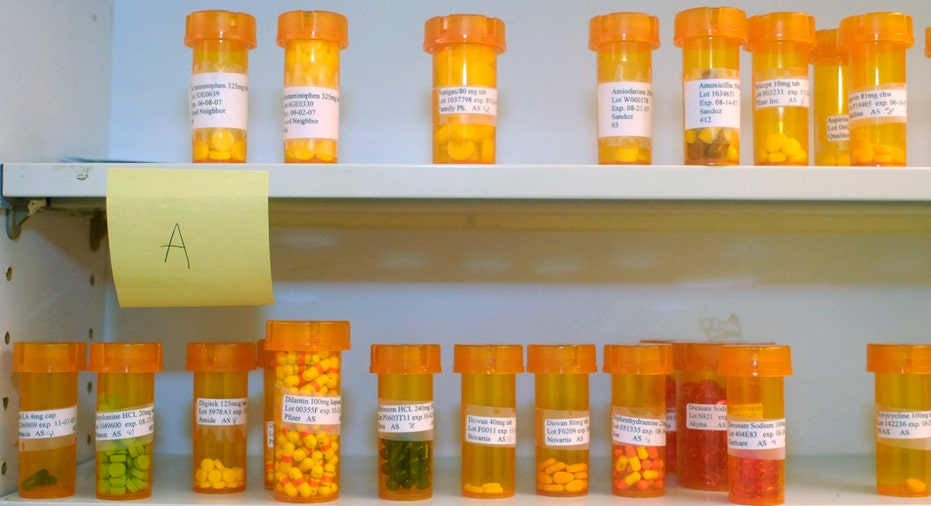Prescription drug price gouging: What seniors need to know

Americans spent $457 billion on prescription drugs in 2015, according to a recent issue of the AARP Bulletin.
The most popular brand-name drugs rose 208 percent between 2008 and 2016—bad news for retirees living on a fixed income, and according to one senior citizens lobbying group, because Medicare doesn’t have the authority to negotiate drug prices, millions of older Americans are at risk of price gouging for their prescription drugs.
“Because Medicare isn’t negotiating on our behalf, there’s no consistency in drug pricing among drug plans,” said The Senior Citizens League Medicare policy analyst, Mary Johnson, who performed a new comparison of drug plans using Medicare website’s Drug Plan Finder. “The disparity in pricing for the same drug can be in the hundreds of dollars.”
Johnson discussed with FOX Business what seniors need to know to protect themselves from drug price gouging.
Boomer: How can seniors protect themselves against price gouging on their prescription drugs?
Johnson: Just as people comparison-shop for the best price on over-the-counter drugs, we need to do the same for Part D prescription medications. It’s more challenging of course since drug prices are never advertised.
People have a chance to do that once a year, during the Medicare Fall Open Enrollment period Oct. 15-Dec. 7. This is one of the most effective ways to save hundreds, or even thousands of dollars a year on prescription medications, because it’s Buyer Beware! Medicare doesn’t set Part D drug pricing as the program does for all other services and durable medical equipment. Costs vary tremendously between drug plans.
Boomer: With so many prescription plans available, what research can we do to ensure our selection will work best for our drug use?
Johnson: Go to Medicare.gov and click on “find drug and health plans” to help you do a search. The search is customized to your zip code, county of residence, whether you are enrolled in original Medicare with a Part D plan, or a Medicare Advantage plan that includes Part D coverage, all the drugs you currently take on a regular basis and pharmacy of choice (there is a video to help you get started). It’s important to do a search based on all the drugs you normally take. Have a complete list, with the correct spelling of drug, dosages and quantity per month. If you have difficulties, or need help, contact your State Health Insurance Program, which operates through many local agencies on aging or senior centers. Call and say you need help comparing your Medicare drug and health plans for 2018. Start early, even before Oct. 15, to set an appointment.
Boomer: Who has the authority to negotiate drug prices? Is there legislation in the works that would allow Medicare to be involved in these negotiations to protect our seniors from this drug pricing disparity?
Johnson: Unlike Medicaid or the U.S. Veteran’s Administration, Medicare is specifically forbidden by law from negotiating drug prices. In fact, the United States may be the only country in the world with a law forbidding its own national healthcare system from asking for lower drug prices for its own citizens. Medicare needs to be negotiating prices not only to protect older Americans from high prices but also to save money in Medicare and Medicaid programs. High drug costs are gouging taxpayers too.
The Senior Citizens League currently supports two bills before Congress that would require price negotiation. The Medicare Prescription Drug Price Negotiation Act (S. 41, H.R. 242) and the Improving Access to Affordable Prescription Drugs Act (S. 771, H.R. 1776) would both reduce prescription drug costs for Medicare beneficiaries by allowing the government to negotiate lower prices.



















